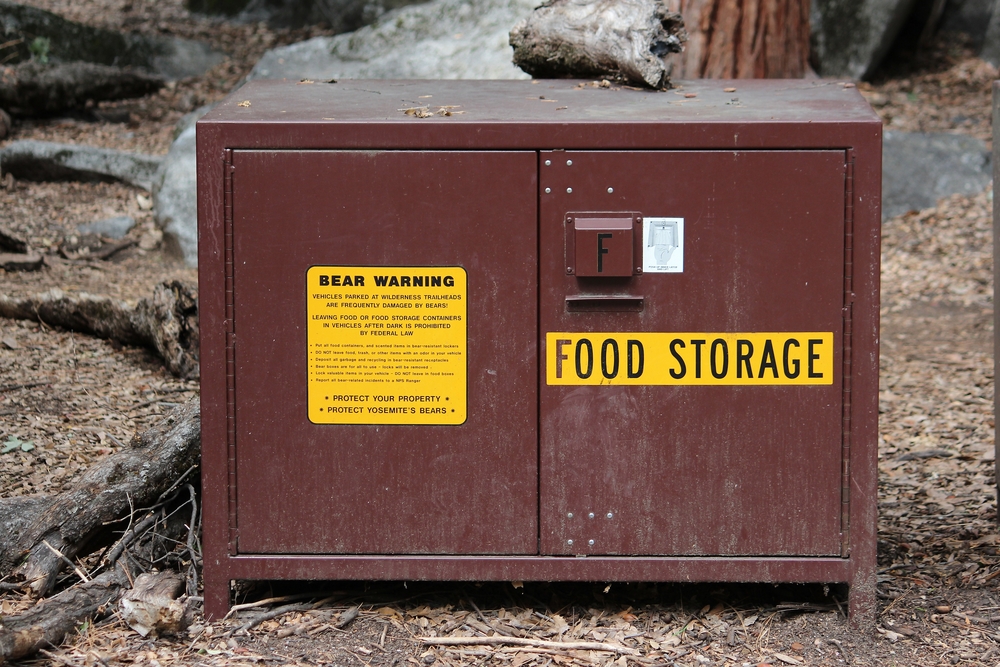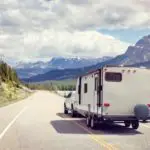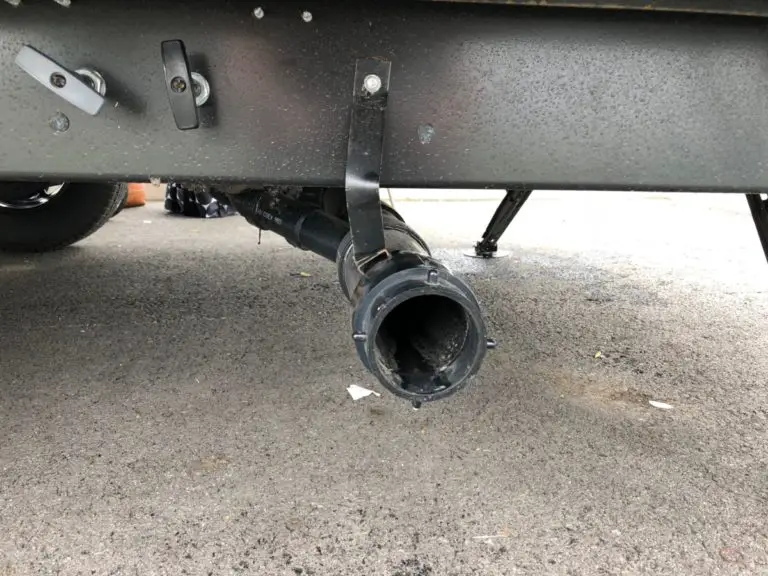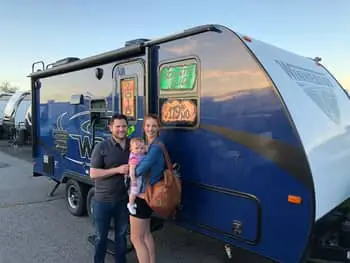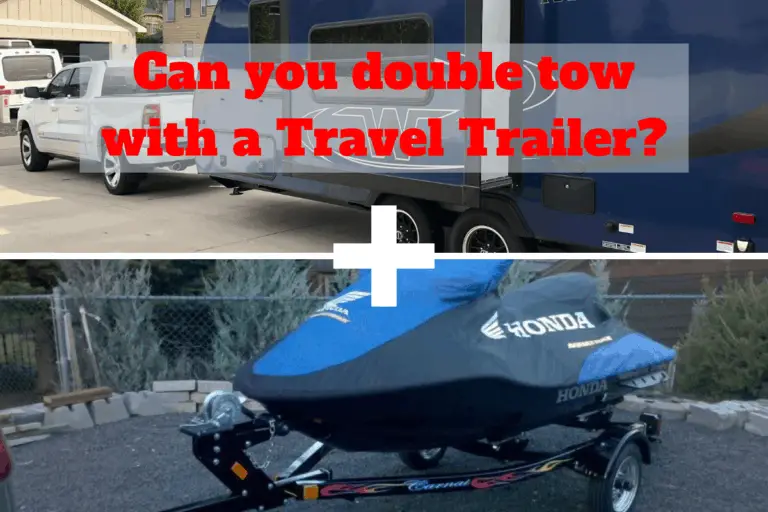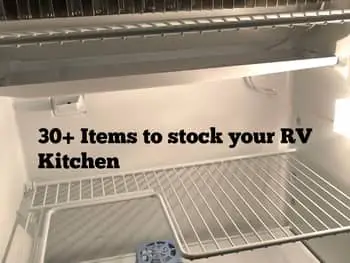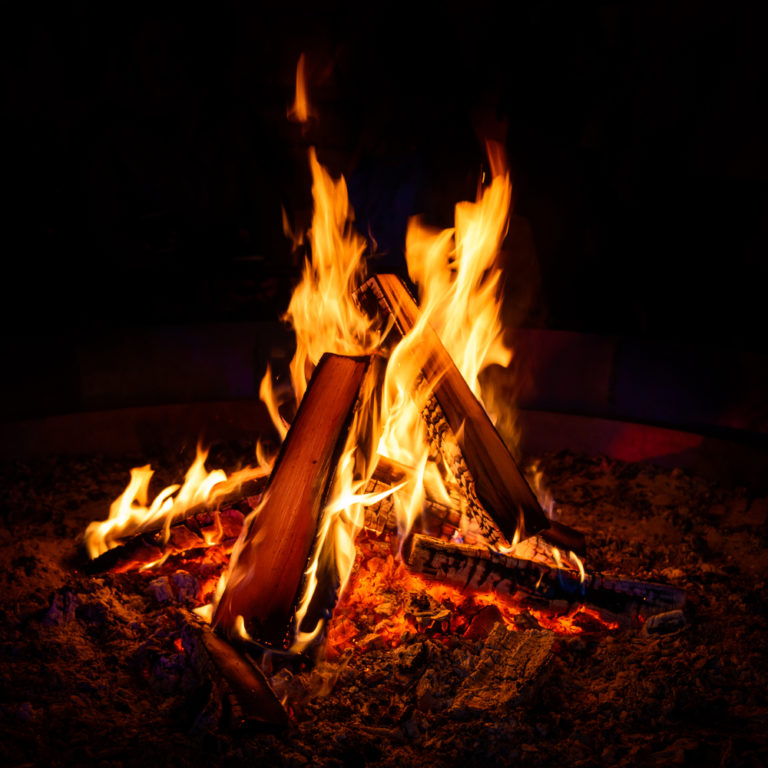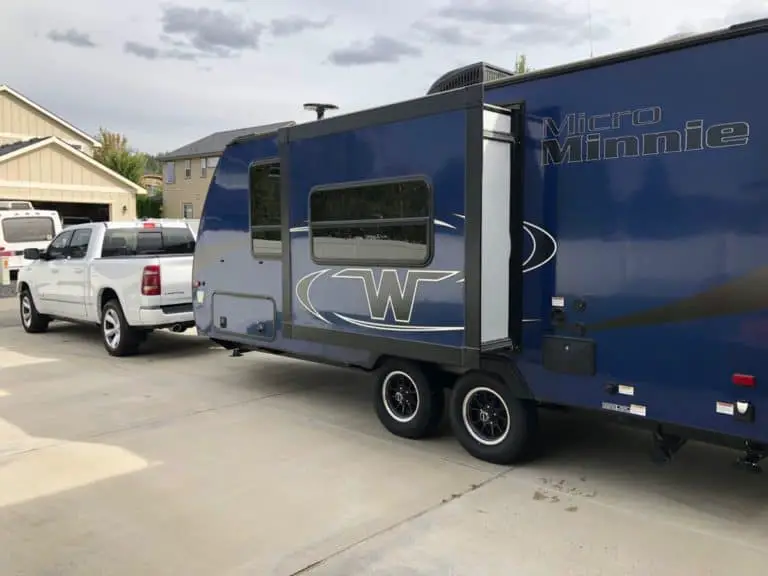How to Store Food While Boondocking?
We all have this urge to escape the chaotic nature of everyday life, break free from our routines, and separate ourselves from society for a while. We aspire to escape from the city and relax in the wilderness, but what about our necessities? If we prefer boondocking to staying in hotels, then how can we adequately prepare without running out of food?
The most vital part of storing food is to vacuum-seal them before placing them in a cooler or freezer. This allows the food to be stored for months without spoiling. Coolers are a cheaper substitute for freezers, but perishable food should preferably be stored at 41 degrees Fahrenheit or cooler.
Ideally, freezers will be the best solution for storing food when boondocking, but there are other factors we should consider. Using a freezer can be costly and challenging if electricity is not easily accessible. So, let’s look at some methods and techniques that avid boondockers have used to store their food while going on remote adventures successfully.
How To Store Perishable Food
Perishable food is a challenge for campers who do not have the luxury of storing massive quantities of food in a freezer. Even if they can store food in a small freezer, they will soon run out of space on longer trips. Therefore, the following are some techniques and tips to store food while dispersed camping successfully:
- RV reftigators can actually hold a lot of food. We have packed about 14 days of food for a boondocking adventure before. Always try and unpackage your food and store in ziploc’s or vacuum seal. Another tip is to store as much in the freezer as possible. Frozen pizzas and lasagnas are your friend (thanks Costco). If your fridge runs on propane, you should be set for the duration of your camp trip.
- If possible, cook all the food beforehand and then seal them in the freezer or cooler. This will allow you to use fewer tools to prepare the food by applying a little bit of heat, which will open up some storage space for other foods.
- Try to use freezer packs, or ice packs instead of loose ice. Freezer packs stay cold for more extended periods and freeze quicker than regular water. Loose ice cubes dissolve into water which can create an un-wanting mess and spoil the food. These are the freezer packs that we use.
- Also, use frozen water bottles for coolers instead of ice to keep food cold. Frozen water bottles prevent the water from creating a mess in the cooler box, and if the cooler box starts to warm, you’ll have cold water to drink on the road on longer trips.
- Use coolers that are at least 3 inches thick. These types of coolers can keep food cool at 90 degrees Fahrenheit for an average of five days. This is not the ideal temperature for perishable foods, but it is an alternative for shorter trips. This is an excellent cooler that will be sure to keep your perishible foods cold for days at a time!
- The car’s power source can also power portable car fridges without draining too much battery life. These machines can run on 110v AC power and have the ability to keep items frozen for up to two hours after being disconnected.
- When storing foods and drinks, remember to keep them in separate coolers. Drinks are used more frequently, and the constant usage of the cooler can result in the food being spoiled.
How To Store Non-Perishable Food
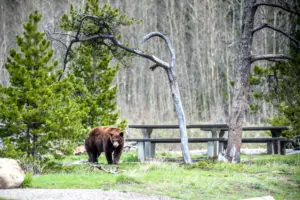
Non-perishable food is far less of a headache to keep fresh than perishable food, but we should still keep some factors in mind. Non-perishable food might last longer and store easier, but they also risk attracting another problem; animals. The following are some techniques we can use to store non-perishable food safely:
- Even though non-perishable food can easily be stored while boondocking, some products still have an odor. The odor attracts different kinds of animals to feast on whatever is available. Therefore, keep all the food in sealed containers or bags to prevent the scent from being exposed to animals once opened.
- A known major problem for boondockers and backpackers is bears. Many venues have done their utmost to create food lockers and metal boxes to keep the food inaccessible to bears and other animals while camping in bear country. Still, if you are traveling to remote areas, keeping your own bear-proof canisters would be ideal as they have been known to break into cars.
- Another method to prevent animals from obtaining your food is to hang it from a high tree limb. Smaller animals won’t be able to open up the canisters, and bigger animals won’t reach them. If you are boondocking in an area where this is possible, consider teaching yourself how to hoist food effectively on a tree line.
- Remember to always look for shelter. Although the sun is an enjoyable and welcome pleasure when camping, it can spoil all your food within hours.
Spoiled and stolen food can easily hinder, what could have been, an enjoyable adventure. Always do your research on the area you’re planning to visit. Be aware of the risks that are involved and plan the ideal solution to store your food accordingly.
What Is The Best Food To Use While Boondocking?

Preparing meals while traveling can be difficult, especially if you don’t have the necessities to cook effectively. An enjoyable activity can quickly become a nuisance if we don’t have the proper tools and if the location does not have ideal conditions. The following is a list of foods all boondockers should have stored with them on an adventure:
- Instant foods are always ideal for keeping with you when traveling to remote areas. These are easy to prepare and take little effort to prepare. Mac and cheese and noodles only need hot water and a few minutes to be ready for consumption, which is an ideal solution for quick lunches.
- Dehydrated meals are ideal for long remote travels. The Mountain House brand creates complete breakfast meals like breakfast hash and even dinners like beef stroganoff.
- Try to keep your in-between meals simple and easy. Sandwiches are ideal for packing, and their substances can depend on your preferences and storage space.
- Another ideal food is frozen fruits. Grapes and watermelon retain a lot of water and are ideal for eating on short trips once they have defrosted a bit. Unfrozen fruits get spoiled relatively quickly; therefore, frozen fruits are the best substitute because they stay fresher for longer.
- Finally, snacks can prove to be very useful on remote adventures. Famous snacks like trail mixes and bars and dried foods like fruits and beef jerky are ideal for keeping on your person when wanting to take a quick bite to quench your hunger.
Remember that your schedule is vital when planning what foods to pack. Some venues will have the accessories you’ll need to prepare a proper meal with many dishes, whereas other remote areas will not be ideal. Plan ahead and pack the best foods to keep your trip pleasurable and straightforward.
Conclusion
To summarize the essential notes, keep it sealed and keep it cold. As long as the food is stored at the right temperature and the scent is sealed from animals, you’ve already succeeded in the most important food storage techniques. The amount of food you store should always depend on where you travel. Plan accordingly, and all remote adventures will be enjoyable.
Be the first to be notified about FREE tips, hints, coupon codes, and email-exclusive information. All for FREE!

